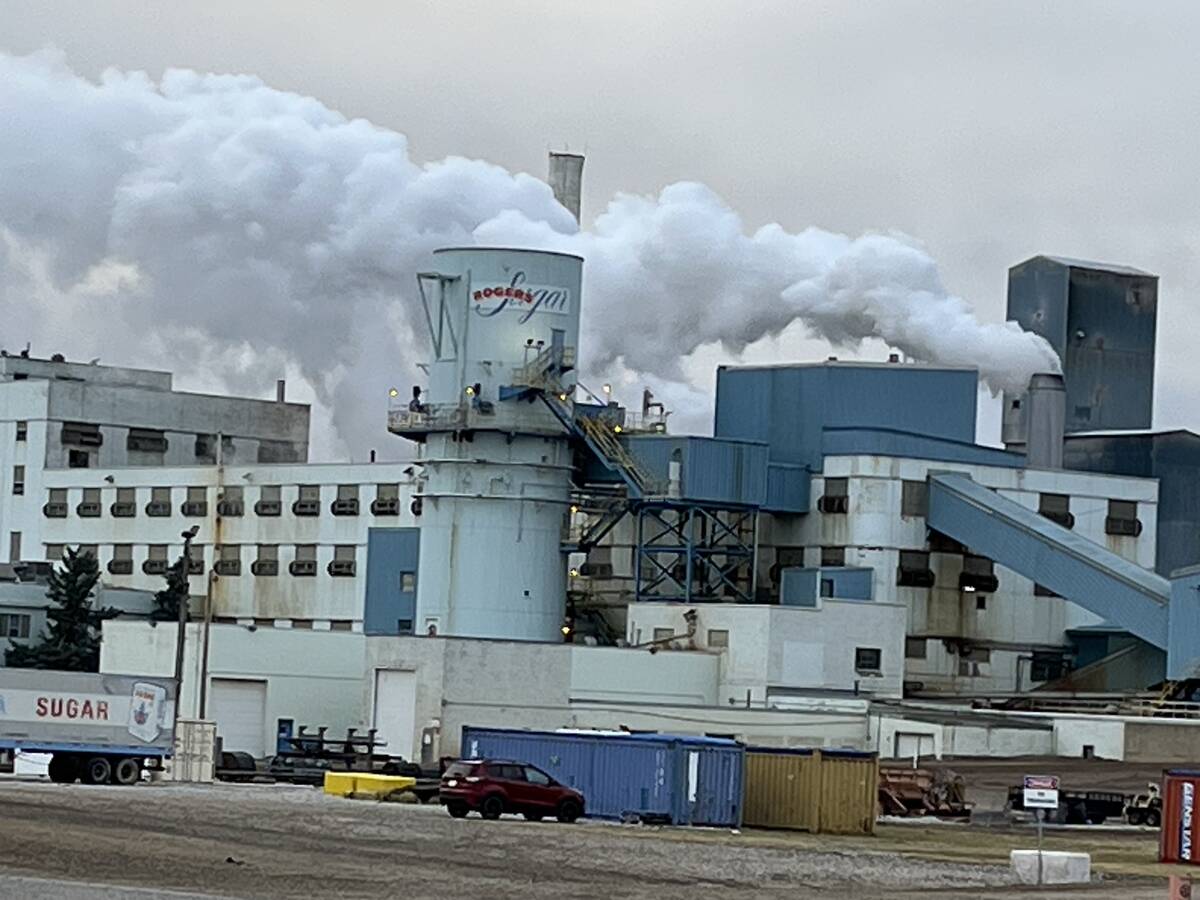More money was paid out in claims than collected in hail insurance premiums in Alberta and Manitoba, after a series of storms hit the countryside this growing season.
There were 23,700 claims across the three prairie provinces in 2007, slightly above average in Saskatchewan, well above average in Manitoba and record high in Alberta.
Saskatchewan paid out only 87 percent of what was collected, but after administrative costs are calculated, insurers will still not cover their costs.
Dwayne Campbell of the Agricultural Financial Services Corp. said there were 9,000 straight hail and hail endorsement claims in Alberta.
Read Also

Sugar beet harvest underway in southern Alberta
Alberta Sugar Beet Growers hosts field tour to educate the public on the intricacies of the crop, its harvest process, and contracts with Lantic Sugar
“We’re looking at a record number of claims,” he said, noting the previous high of 6,500 claims.
Campbell said hail struck during several different storms from mid June to the end of September. Damage was significant to Alberta crops that were generally seeded later than normal this year.
Losses from straight hail programs are nearing $40 million, a loss-to-premium rate of 125 percent.
“That’s high,” he said, noting the previous largest rate of 170 percent in 2000.
“It’s a long way from a record on loss-to-premium but a record on the number of claims we had to do.”
Losses to premium percentages for endorsement hail claims were 160 percent, with $104 million in losses.
Farmers can expect to pay higher premiums in those counties where significant hail damage occurred, said Campbell.
Manitoba processed almost 5,000 claims, with Dauphin and Swan River among the regions hardest hit by hail.
Craig Thomson, acting vice-president with the Manitoba Agricultural Services Corp., said his organization anticipates a loss of $2 million after expenses are calculated, with payouts of $14.5 million and premiums of $14.3 million.
On the positive side, he said a $30 million reserve fund will cover that loss.
“We’re in a good position as we had a number of low claim years and there’s been a reserve built up of producer money,” Thomson said, adding the reserve will also keep rates from rising much next year.
Rate increases are likely in Saskatchewan areas that experienced significant hail in both 2006 and 2007.
A band of storms struck from Unity to Yorkton this year, causing significant damage in late July and early August.
Greg Reidy, chair of the Canadian Crop Hail Association, said coverage is up this year.
“There was increased demand by individual producers for more coverage because of more inputs in crops and strengthened prices,” he said.
Saskatchewan hail insurance payouts rose 15 percent over last year, up to $150 million from $101 million.














